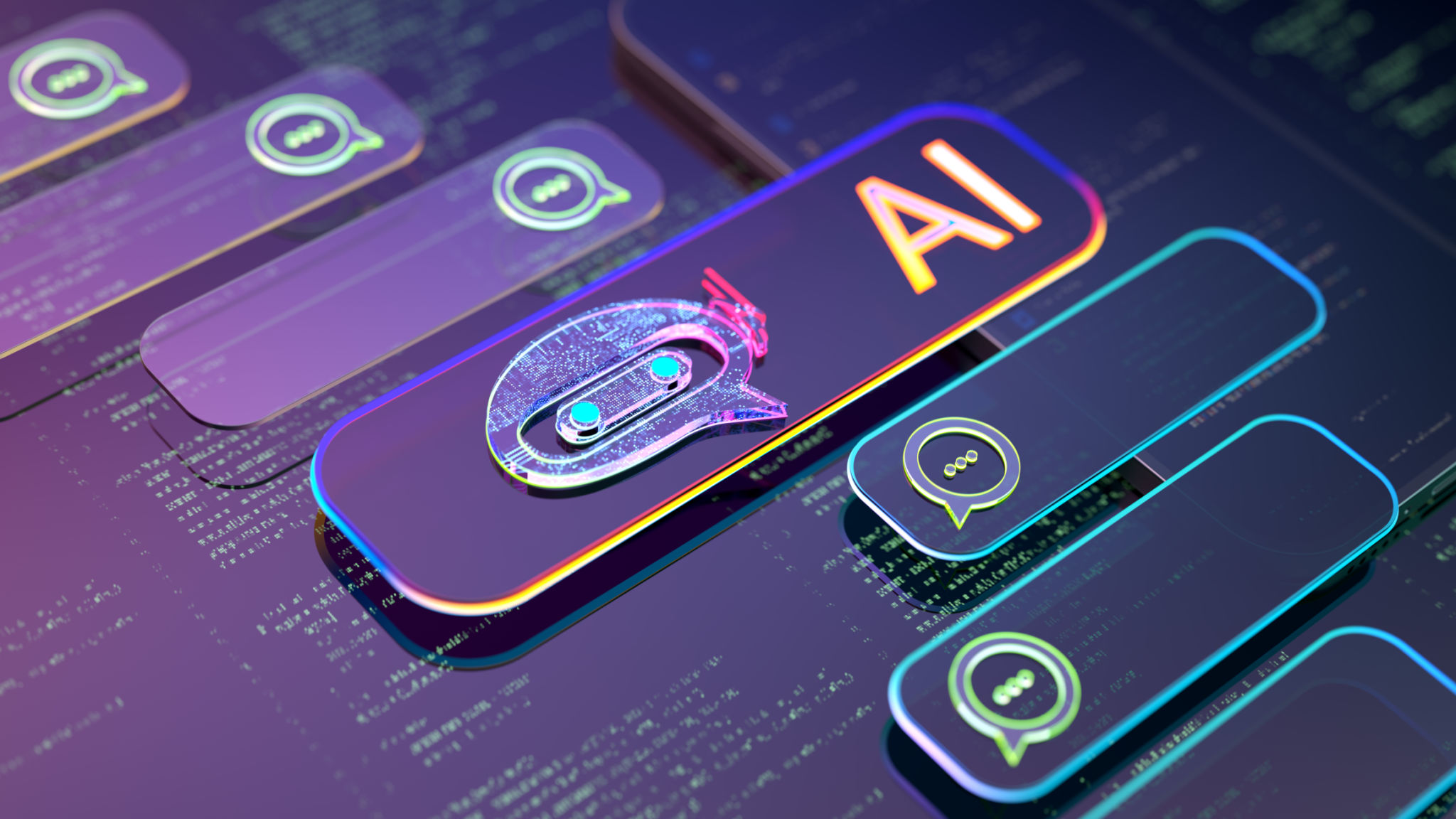Navigating the Latest Innovations in Enterprise Software Design
The Evolving Landscape of Enterprise Software Design
In today's rapidly changing digital environment, enterprise software design is continuously evolving to meet the growing demands of businesses. As companies seek to enhance efficiency and scalability, software designers are tasked with creating solutions that are not only functional but also intuitive and user-friendly. Understanding the latest trends in enterprise software design can help organizations stay ahead of the curve.

User-Centric Design
An essential shift in enterprise software design is the move towards user-centric interfaces. User experience (UX) is no longer an afterthought; it is at the forefront of design strategies. Designers are increasingly focusing on creating interfaces that are easy to navigate and understand, reducing the learning curve for new users. This approach not only improves productivity but also boosts user satisfaction and engagement.
Integration and Interoperability
Another critical aspect of modern enterprise software is integration. In today's interconnected world, businesses rely on a multitude of applications to operate efficiently. Designing software that seamlessly integrates with existing systems and allows for smooth data transfer is paramount. Interoperable solutions enable organizations to streamline workflows and improve overall operational efficiency.

Cloud-Based Solutions
The shift towards cloud-based solutions continues to gain momentum. Cloud computing offers numerous benefits, including scalability, flexibility, and cost-effectiveness. By leveraging cloud technology, enterprises can easily scale their operations up or down based on demand, without the need for significant infrastructure investments. Additionally, cloud-based solutions provide enhanced security features and disaster recovery options.
Artificial Intelligence and Automation
Artificial intelligence (AI) and automation are transforming the way enterprise software is designed and utilized. AI-powered tools can process vast amounts of data quickly, providing valuable insights that drive informed decision-making. Automation streamlines routine tasks, freeing up valuable human resources for more strategic initiatives. Together, these technologies enhance productivity and innovation within organizations.

Mobile Optimization
With the increasing reliance on mobile devices in the workplace, optimizing enterprise software for mobile use is essential. Designing responsive applications that offer a seamless experience across different devices ensures that employees can access critical information and perform tasks from anywhere. This flexibility supports remote work and enhances collaboration among distributed teams.
Security and Compliance
As enterprise software becomes more sophisticated, so do the threats targeting it. Ensuring robust security measures and compliance with industry standards is crucial. Designers must incorporate advanced encryption techniques, multi-factor authentication, and regular security updates to protect sensitive data. Compliance with regulations such as GDPR is also vital to avoid legal repercussions.

Conclusion
The landscape of enterprise software design is ever-evolving, driven by technological advancements and changing business needs. By embracing user-centric design principles, ensuring seamless integration, leveraging cloud technology, incorporating AI, optimizing for mobile, and prioritizing security, companies can navigate these innovations effectively. Staying informed about these trends will empower organizations to implement solutions that drive success in an increasingly competitive market.
